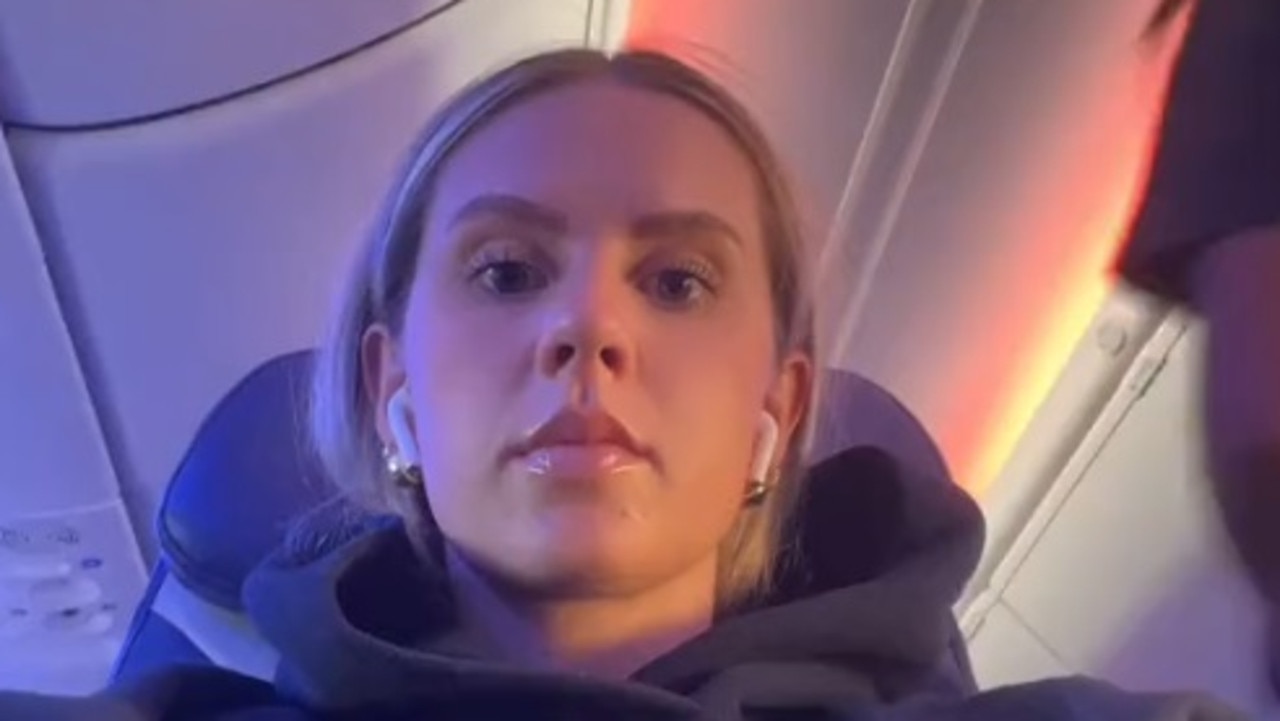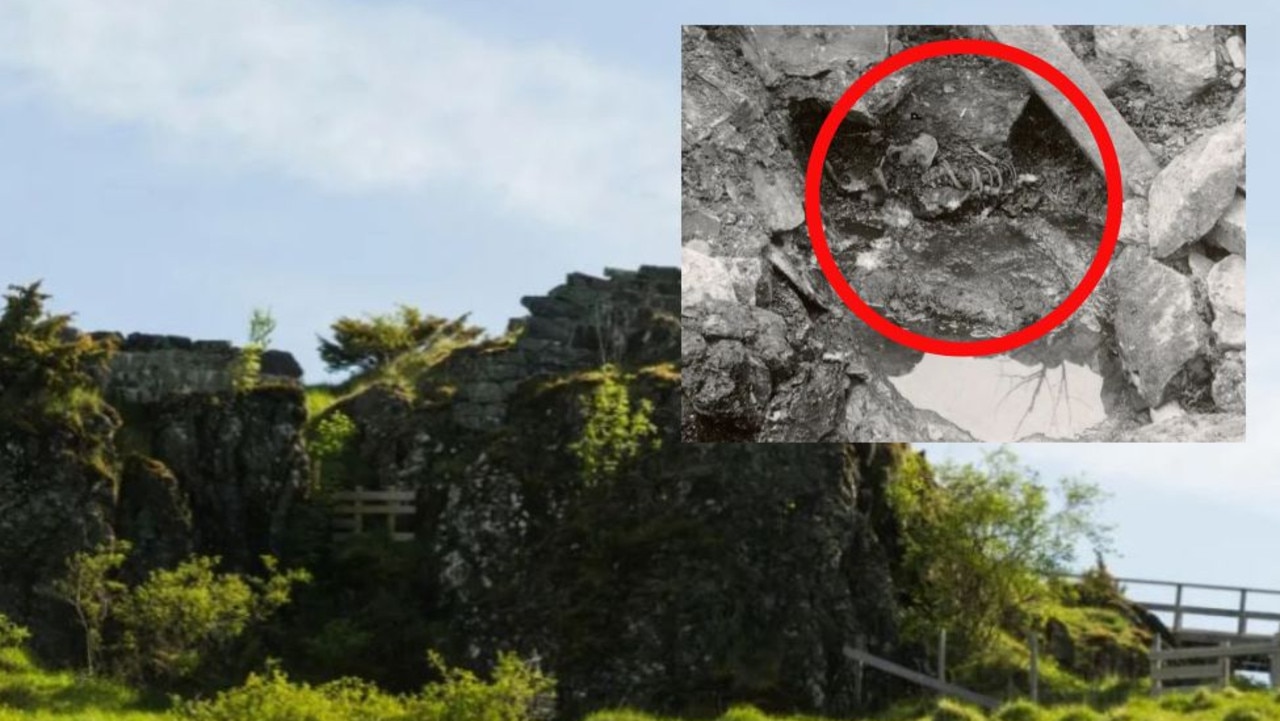Inside Czech Republic castle housing more than 20 Ukraine refugees
The world continues to fight Russia and its invasion of Ukraine — with the Czech Republic’s most luxurious castle joining in on the effort.
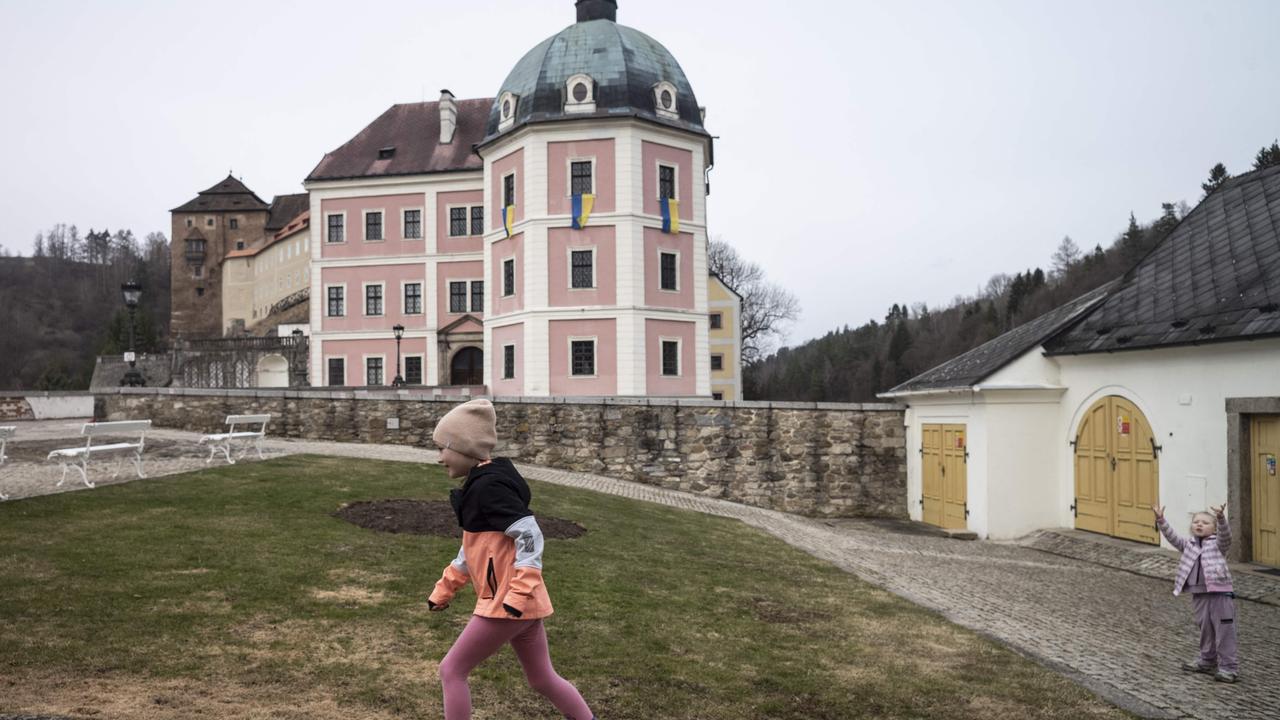
Ukrainian seamstress Olga Shandyba had never lived in a castle until she fled war for the Czech Republic.
Now she would give anything to leave the fairy-tale lodgings and return home.
The 37-year-old is among 22 Ukrainian women and children being housed at a 14th century castle in the western Czech Republic after fleeing the Russian invasion of their homeland.
“We never expected to live in a castle,” Ms Shandyba told AFP.
“Our children are like princesses. We are like princesses. For them it’s an adventure.
“It is an adventure for us too in a way.”
Stream the news you want, when you want with Flash. 25+ news channels in 1 place. New to Flash? Try 1 month free. Offer ends 31 October, 2022 >

The Becov and Teplou castle is home of the St Maurus Reliquary, a cherished 13th-century artefact said to contain the remains of St John the Baptist, among others.
It is considered by some the second most valuable artefact in the country after the Czech crown jewels.
Becov is now also home to a dozen Ukrainian refugee children and 10 mothers of various backgrounds, including a florist, a lawyer and a piano player.
“We are very grateful for the quiet, the warmth, the kindness,” said Ms Shandyba, who fled heavy shelling in her hometown of Okhtyrka by train.
Of more than four million Ukrainian refugees fleeing the war, the Czech Republic has welcomed 300,000.
The country’s National Heritage Institute has earmarked 110 beds at 17 different heritage sites to provide free shelter as part of the relief effort.
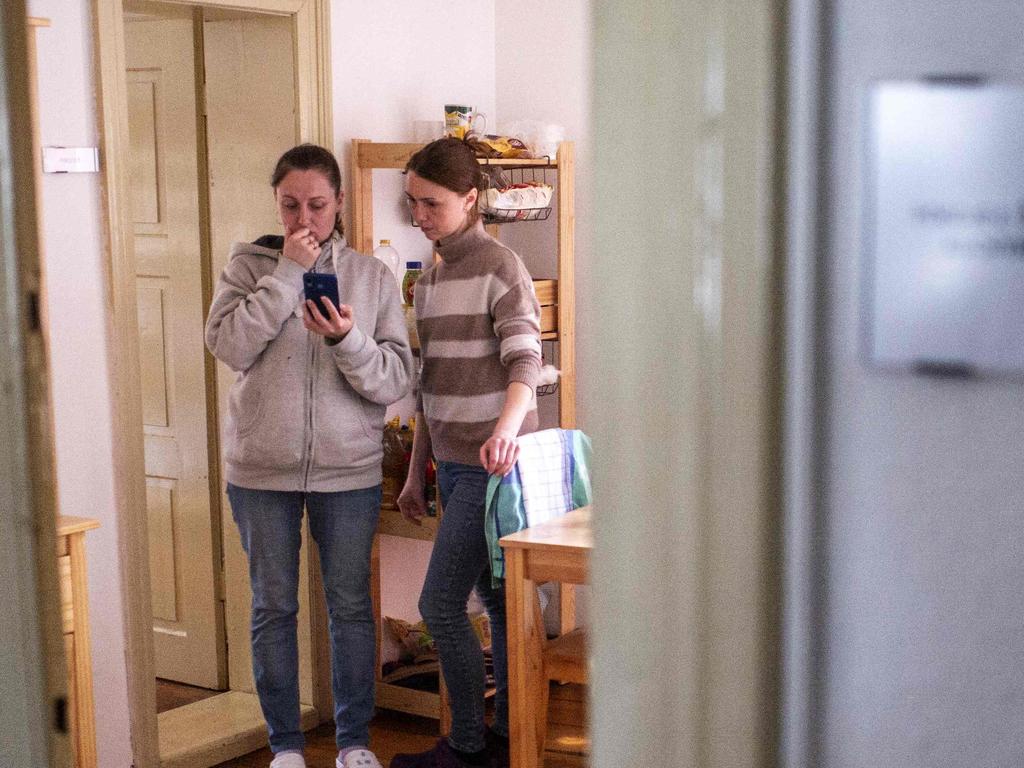
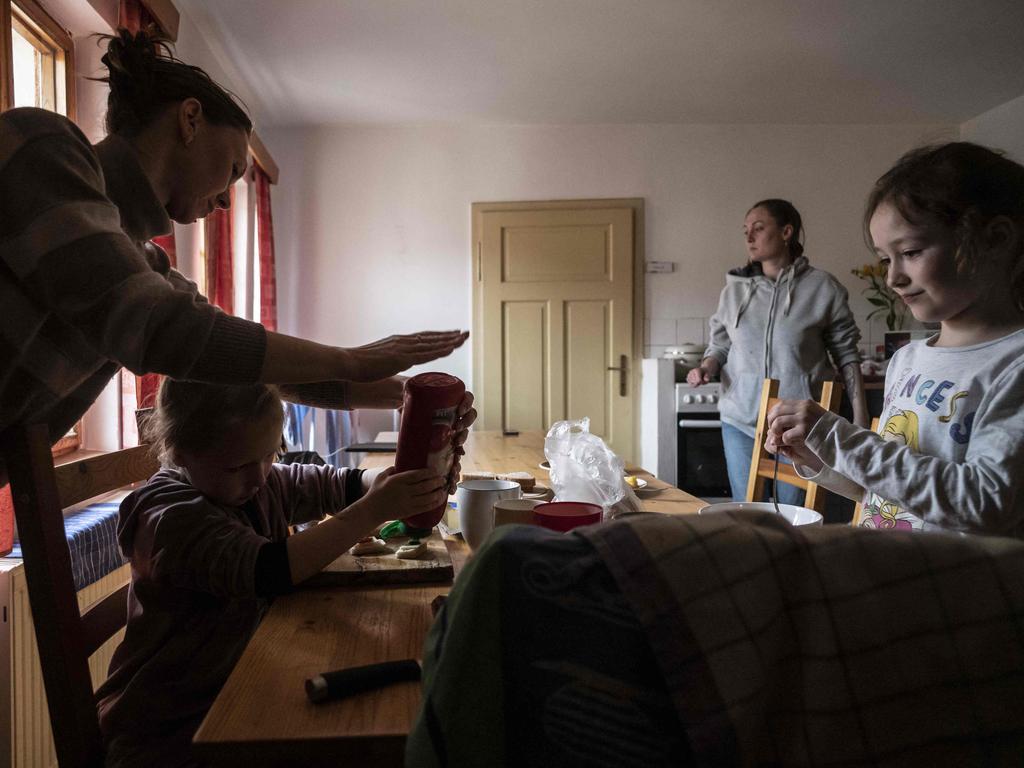
The Institute has so far registered 66 refugees — a third of whom are living in Becov and Teplou, including in a dormitory normally used for out-of-town tour guides.
“This year, we will only hire local guides who have a place to stay,” Becov caretaker Tomas Wizovsky told AFP.
Nastya Bidkova, a singing teacher from Ukraine’s Dnipro, said it was “absolutely unexpected” to live in a castle.
“We felt very lucky when we arrived at night and saw a beautiful castle with our flags out of the window. It was really nice,” she told AFP.
Becov had no problem sourcing Ukrainian flags as blue and yellow were the colours of its former owners, the Questenberg family, Wizovsky said.
“We had them in store and could fly them almost the instant the decision was taken to show our solidarity,” he said.
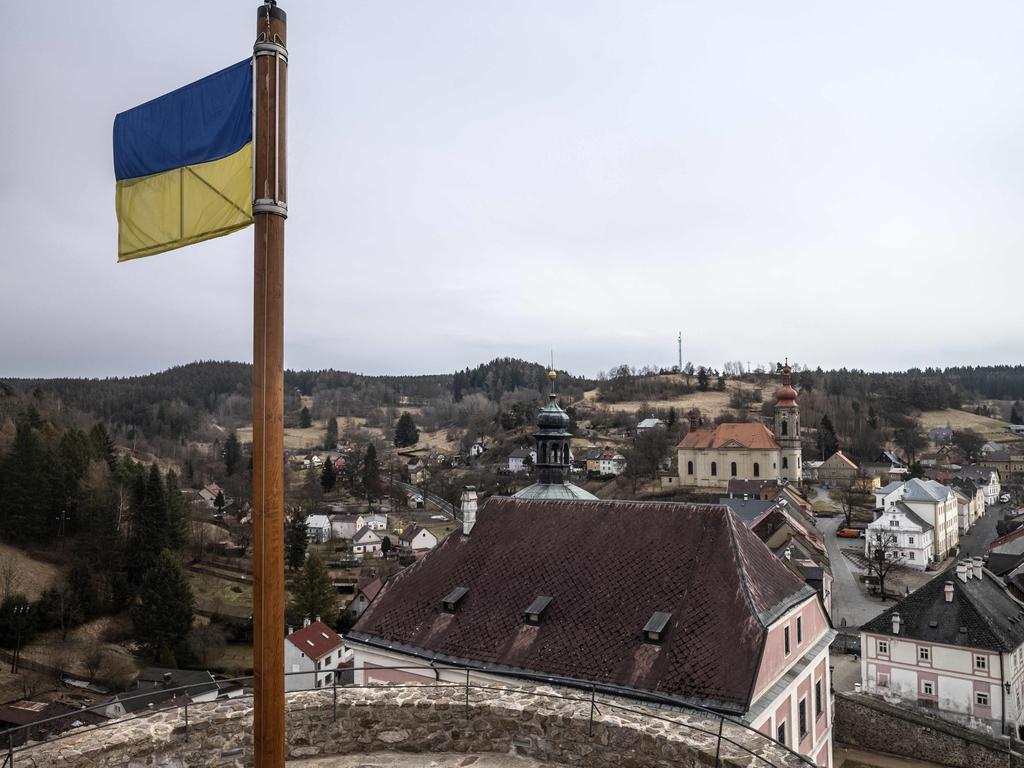
The town of Becov and Teplou, with fewer than 1000 inhabitants, has welcomed more than 60 Ukrainian refugees over the past month.
Housed in hotels, pensions and private homes as well as the castle, the children now attend the local school.
The town is also taking care of visas and essentials like linen and towels, as well as jobs which, however, are hard to find.
The refugees received a free tour of the castle with all its gems and the town held a get-together to welcome the newcomers.
The children have begun to relish the opportunity and shake off their fears.
“For the first two days they didn’t talk, they were timid, too quiet after all their suffering and travel,” Mr Wizovsky said.
“Now they are normal children.”
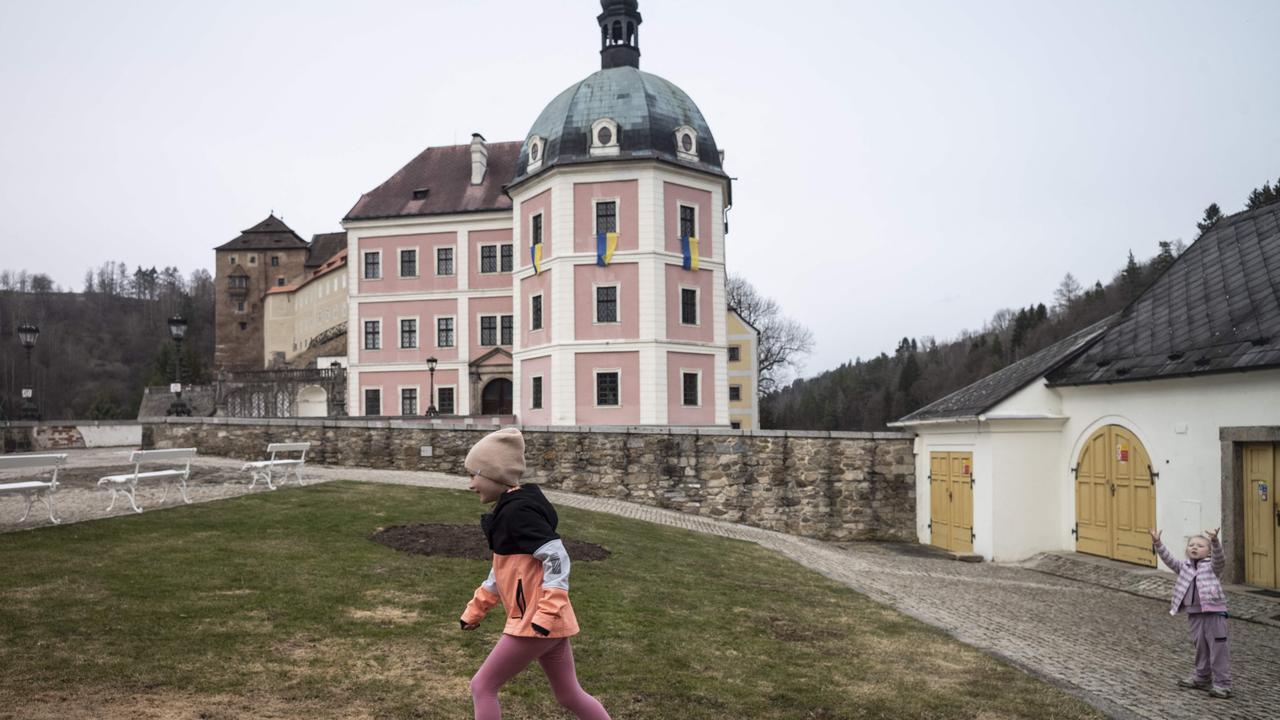
But despite the hospitality, the shadow of the Russian invasion looms large.
The children’s mothers often look worried, smiles are rare, and they opt to indulge in odd jobs to keep their minds from wandering.
“Yes, they are living in a castle, but there’s certainly no bonus involved,” Mr Wizovsky said.
Ms Bidkova said she would rather swap the experience for Ukraine.
More Coverage
“To get back to our families and our men who are fighting for peace over there,” she explained.
Ms Shandyba too said she wanted to return to her own house.
“If it’s still standing,” she added.



